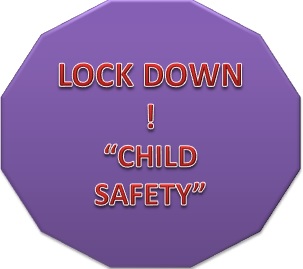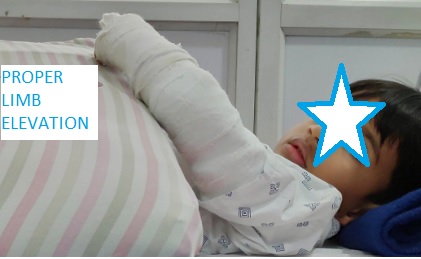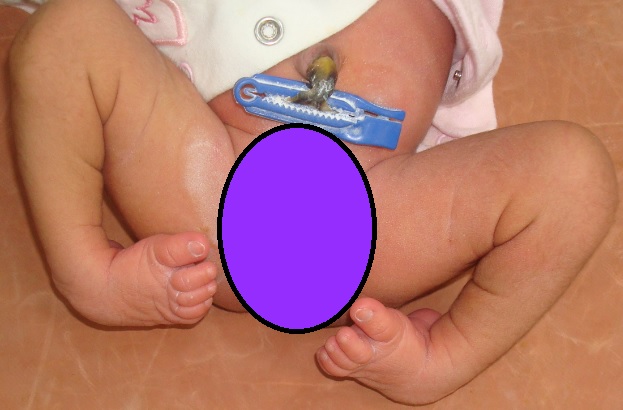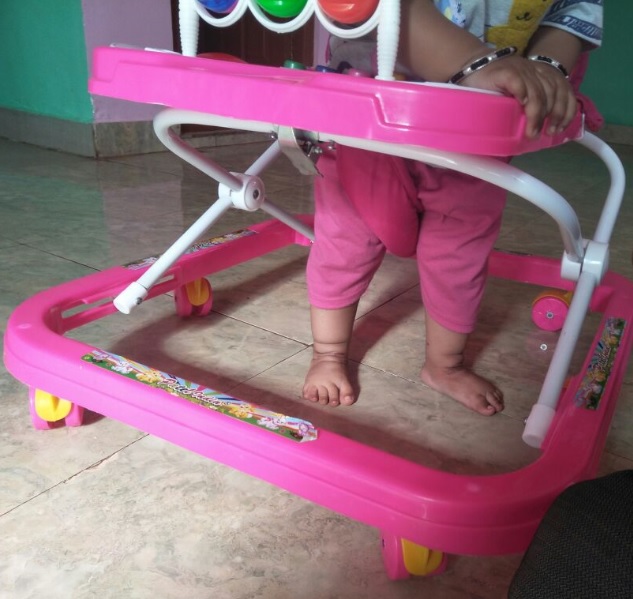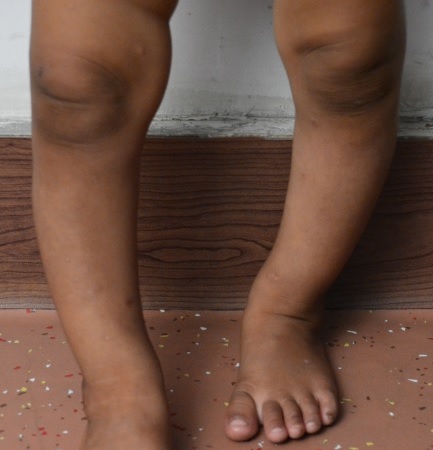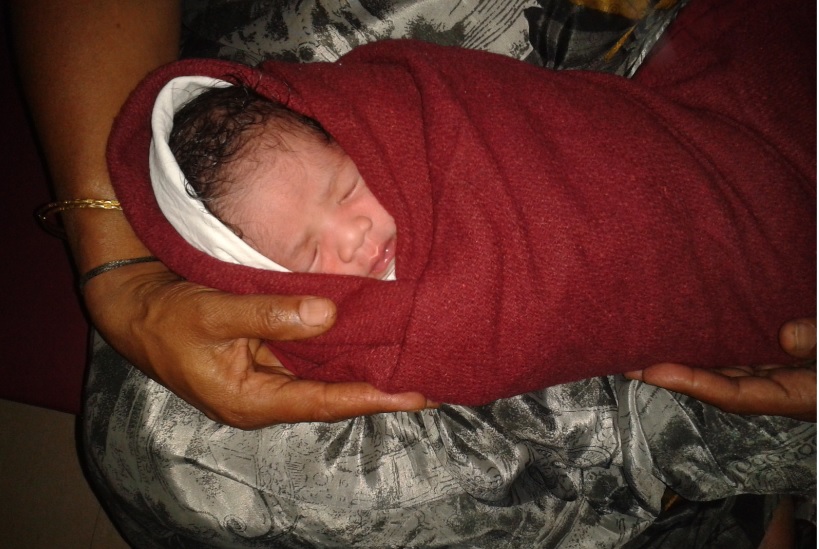Introduction –
Club foot is a treatable
congenital foot deformity. The cause of the club foot is unknown. Club foot
treatment should be started as early as possible after the delivery. The
standard accepted treatment protocol is the Ponseti method of club foot manipulation
and casting. Club foot manipulation and casting are painless procedures.
Cast application won’t deter the
normal development of the baby and immunization can be continued as per the
schedule.
The child’s foot is manipulated and placed in a cast to correct the inwardly- turned deformity of the foot. The cast extends from the toes to mid-thigh i.e. long leg cast. The foot is placed in the manipulated position for 4 to 7 days. So that the muscles and ligaments will stretch enough to help further correction is possible in the next cast. After the cast removal, the same process of gentle manipulation and casting is done in a much-corrected position. Casting is repeated for 5-6 times approximately depending on the age of baby and rigidity of the deformity. Just before the complete correction, the heel cord is cut in about 75-85% of the babies. This is done before the application of the last or last but two casts. The heel cord reattaches within 2-3 weeks and without any weakness.
Care about for each cast application –
First 24 hours after each cast
application, the baby will be little fussy/ restless. This is usually due to
discomfort and not due to pain. The baby should be comfortable after 24 hours.
The cast should be placed on the
soft surface for 24 hours, as the cast takes about 24 hours to dry
completely. When the baby is on his/her
back, place a rolled towel to elevate the limb with heel extends beyond the
towel roll. This prevents the pressure sore on the heel.
Check the circulation in the foot every hour for the first 6-8 hours after application of the cast. After 8 hours, circulation is checked 4 times a day. Circulation is checked by pinching the toes, and then watches the return of color in the toes. Toes will turn white while pinching and then quickly return pink if the blood flow to the foot is good. If the toes are white, cold and don’t turn from white to pink on pinching, it indicates foot circulation is hampered. This may be due to tight cast. If this occurs, call your doctor immediately.
Top of the toes should be exposed.
If toes are not visible, then it means the cast has sipped and correct
reduction is not maintained. If this happens, call your doctor immediately.
Use disposable diapers always and
frequent change of diaper is needed to prevent cast soiling. Apply the diaper
above the top end of the cast, so that it prevents urine from getting inside
the cast.
Observe at the skin condition at
the edges of the cast.
Keep the cast clean and dry. The cast may be wiped with a slightly dampened cloth if it gets soiled.
Contact immediately –
When
Toes
are pale or swollen
The
cast is slipped and toes are sunken inside the cast
Any foul smelling odor is coming from the cast
Skin
is red, sore or irritated at the edges of the cast
Any
drainage on the cast
A child has an increased temperature of 101.3 degrees F or higher without a reason
Instruction before next cast application –
A new cast is applied every 4 to
7 days.
The cast can be removed at the
clinic or home.
If removal is planned at home,
then put the baby in a tub containing warm water and make sure that is inside
the water for approximately 10-15 minutes. Then unwind the plaster and remove
the cast. However, do not soak or remove the cast the day before the
appointment.
Give the baby shower before every
cast application.
Feed the baby and burp the baby before manipulation and cast application.
Bracing after the last cast application –
Club foot correction is
maintained by a special foot abduction brace. Foot abduction brace includes
shoes attached to a metal bar. Strict adherence to bracing protocol is important
to prevent relapse. A brace should be
worn 23 hours a day for 3months, then bracing duration is reduced tonight and
during naps by 1 year of age. By 1 year of age, the baby will start to walk.
Walking on barefoot maintains the correction and helps in foot development.
Bracing is continued at night and naps for an additional 3 to 4 years. The baby
may be uncomfortable during the first and second night of brace wear. Usually, the
baby adapts and tolerates the brace well after the second night of brace use.
Follow up visits are scheduled at one week, one month and three-monthly, till one year of age. The second-year, follow up visits are scheduled at six-monthly intervals. Always bring the child’s brace at every visit. Thereafter yearly till skeletal maturity. Relapse will almost always occur if the shoes with the metal bare are not worn.
Know more –
http://bengalurukidsortho.in/health-info/congenital-talipes-equinovarus-ctev-or-club-foot/
https://orthoinfo.aaos.org/en/diseases–conditions/clubfoot/
http://orthokids.org/Condition/Clubfoot
http://www.ponseti.info/casting-care-instructions.html
https://kidshealth.org/en/parents/ponseti-casting.html

